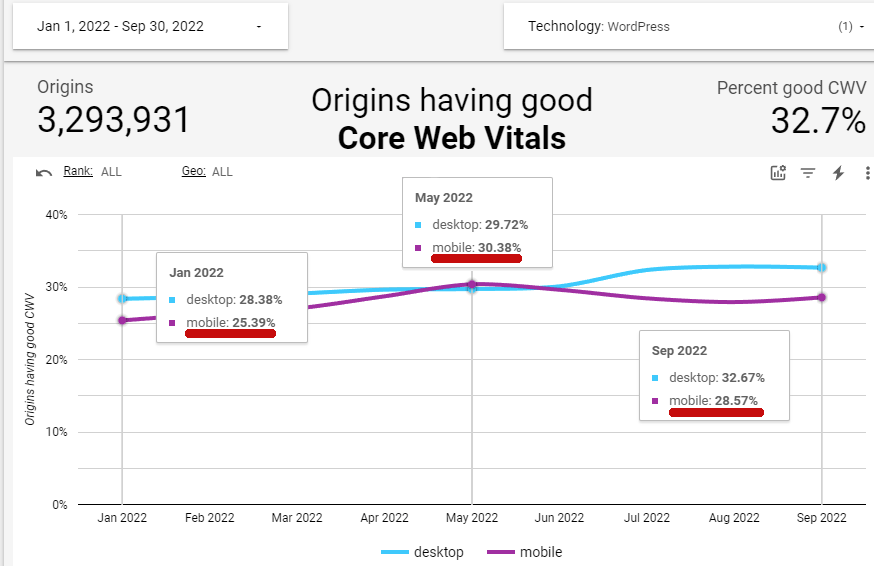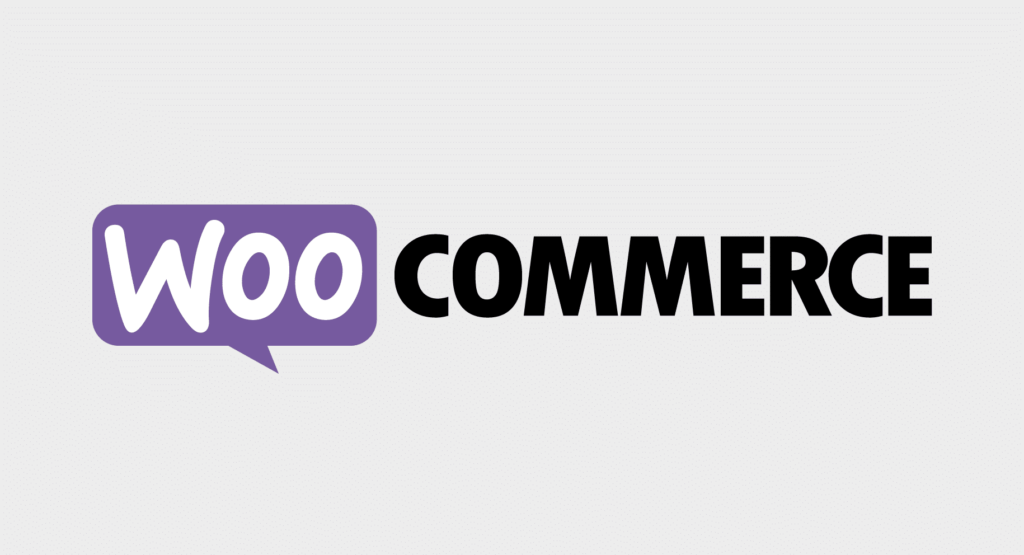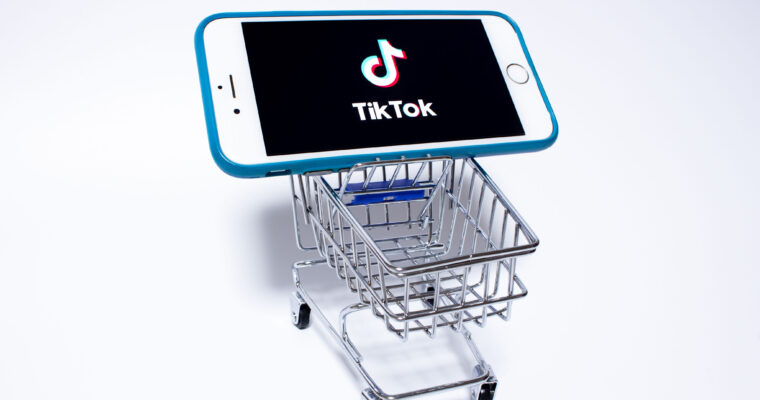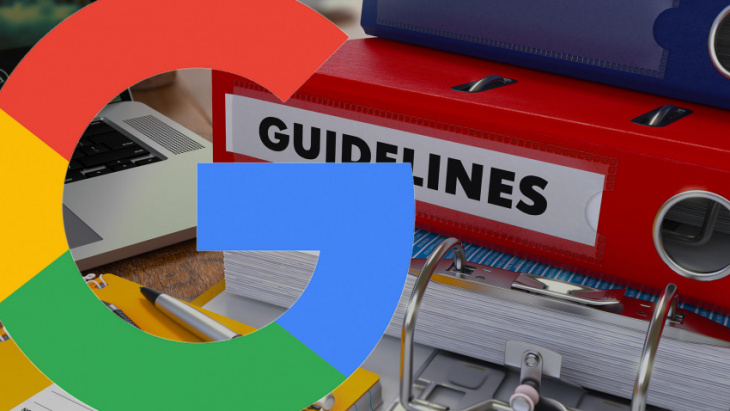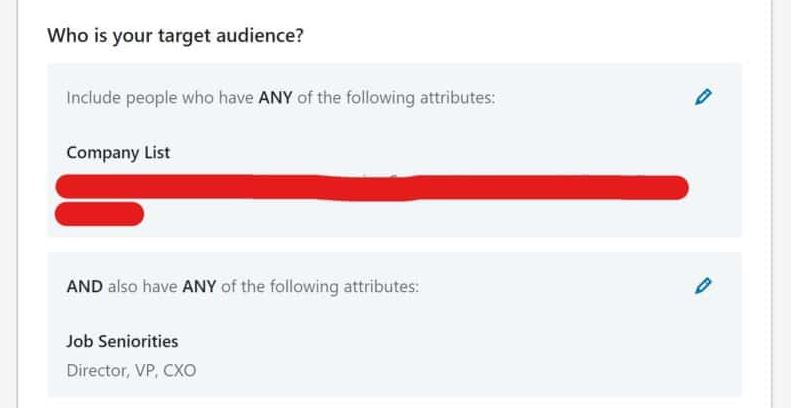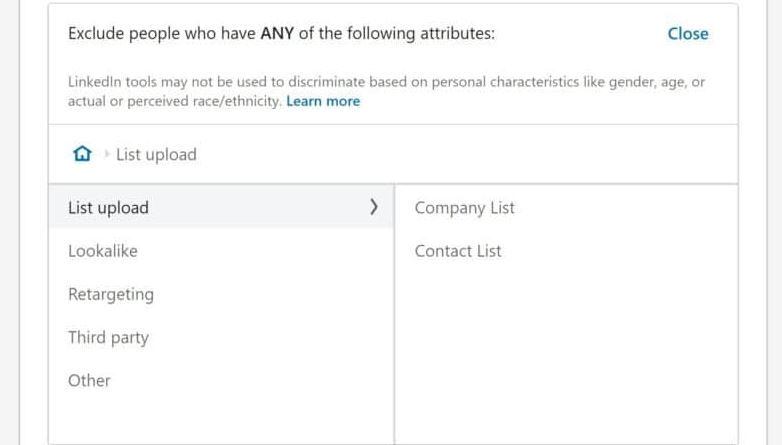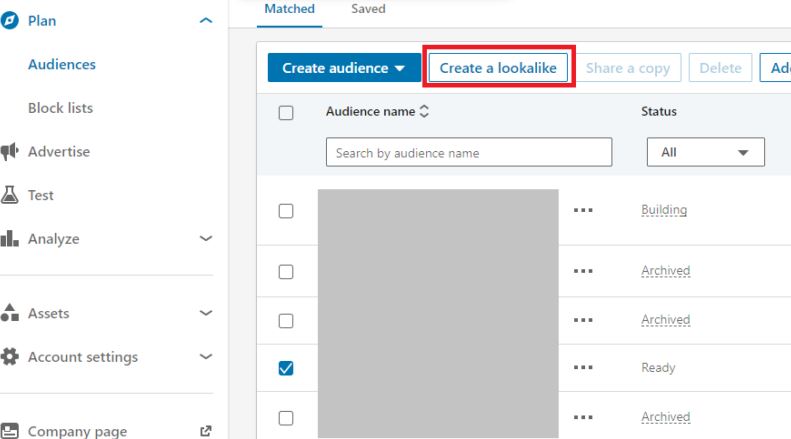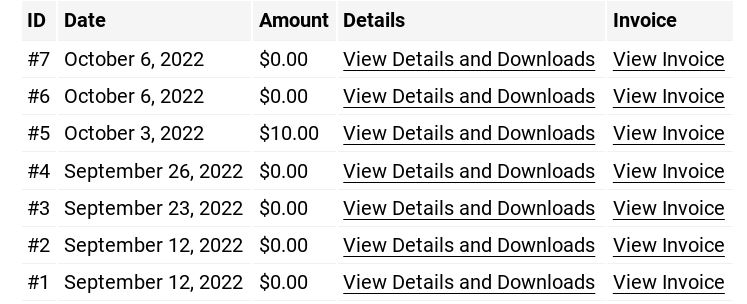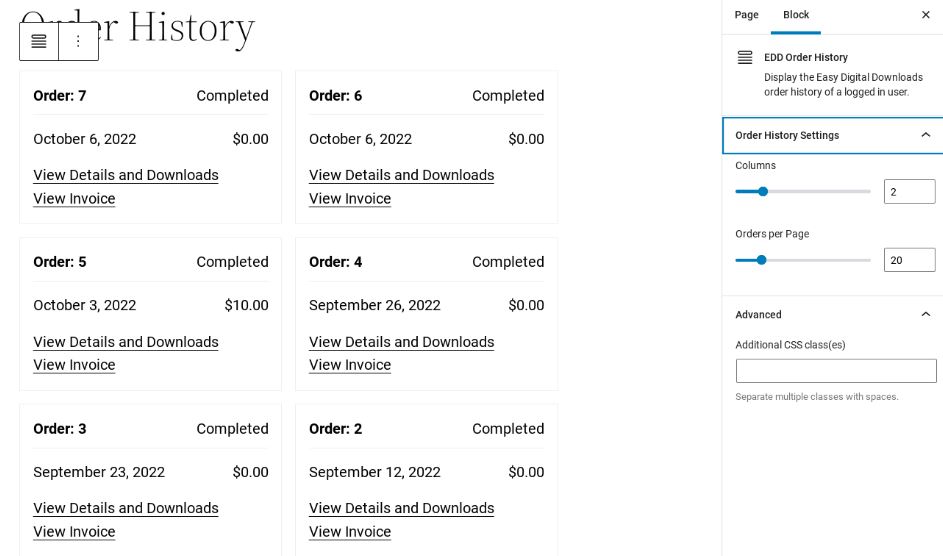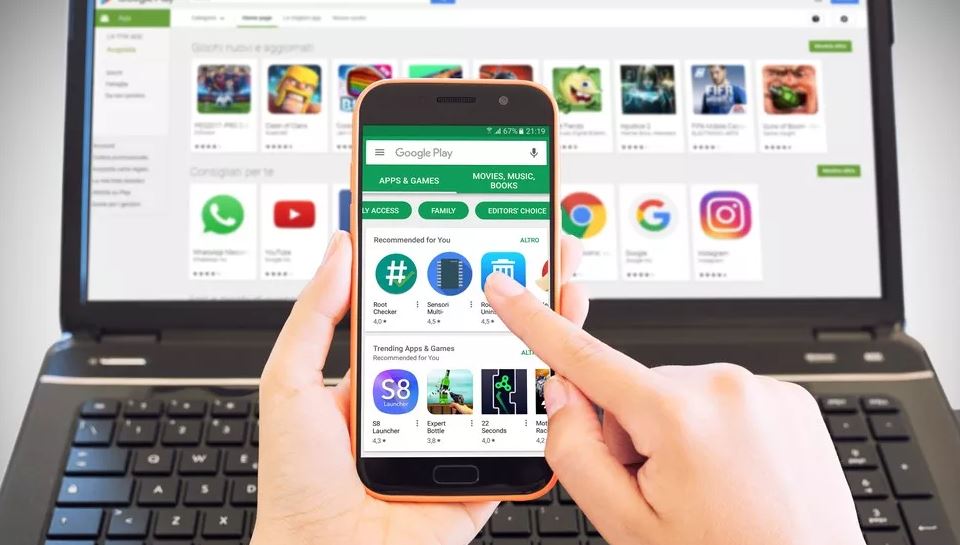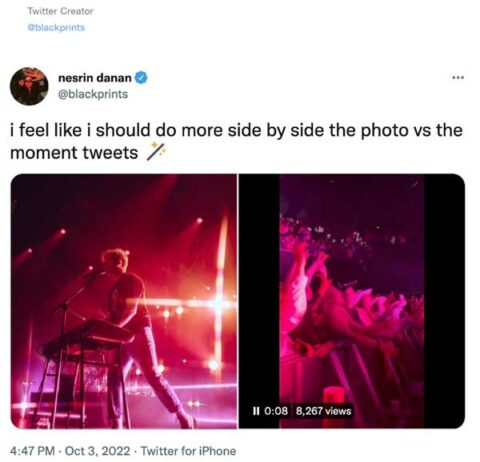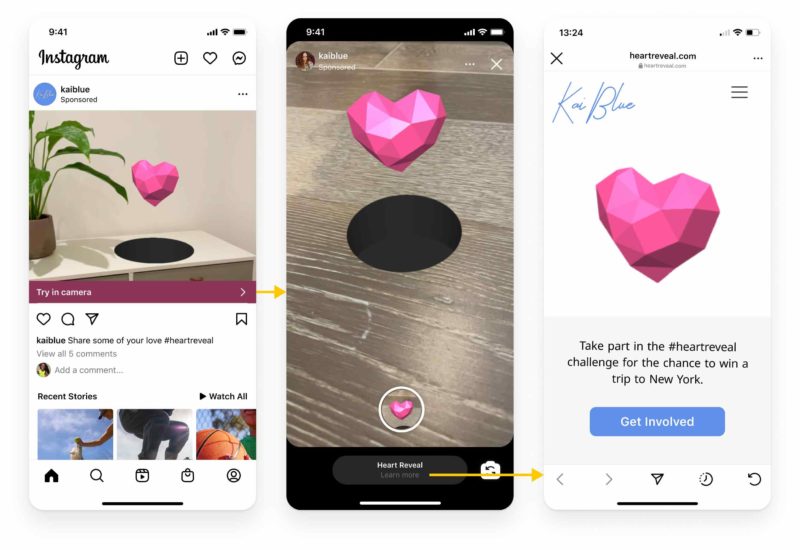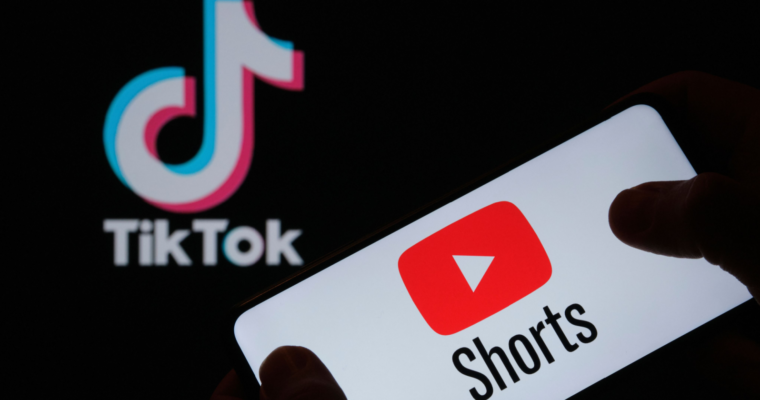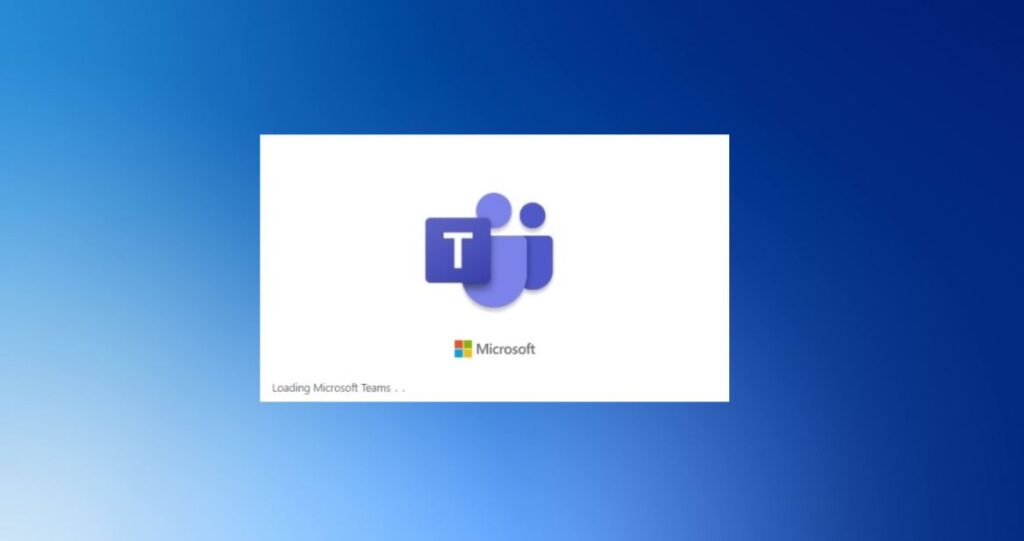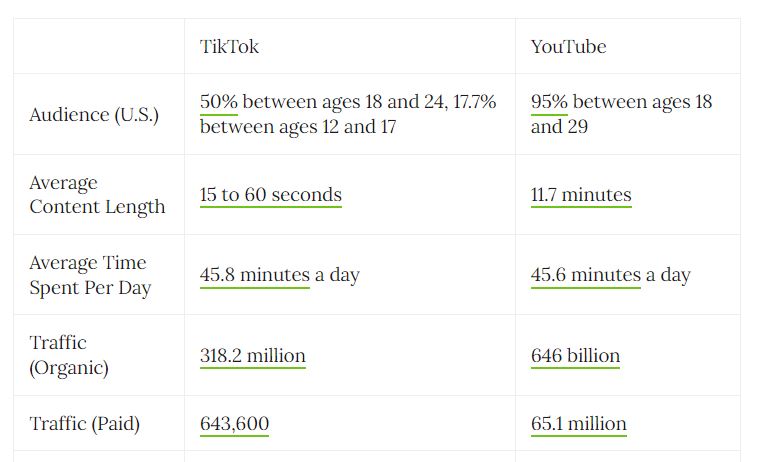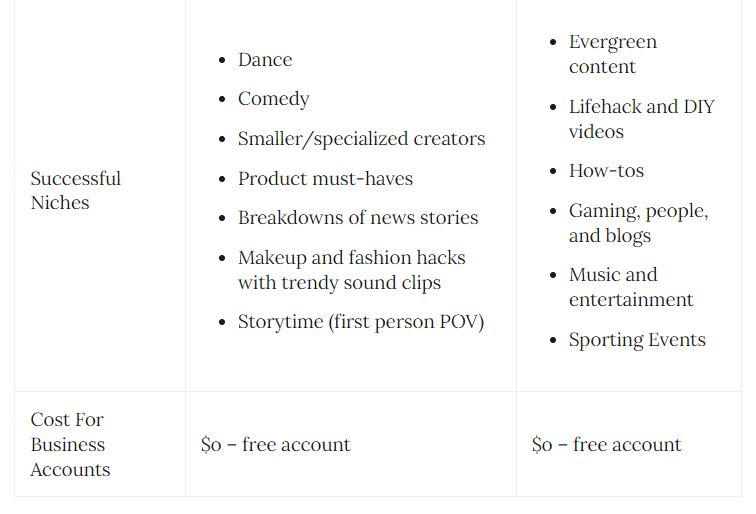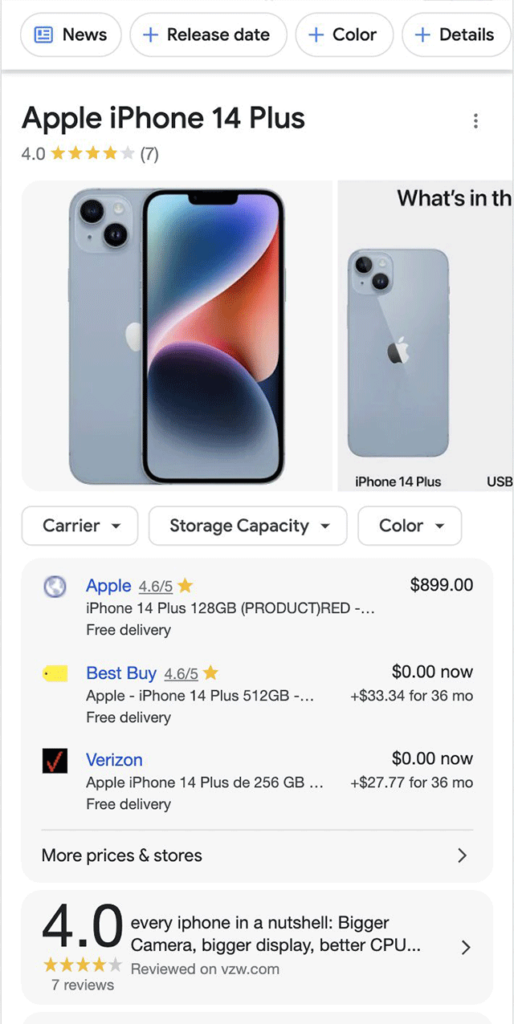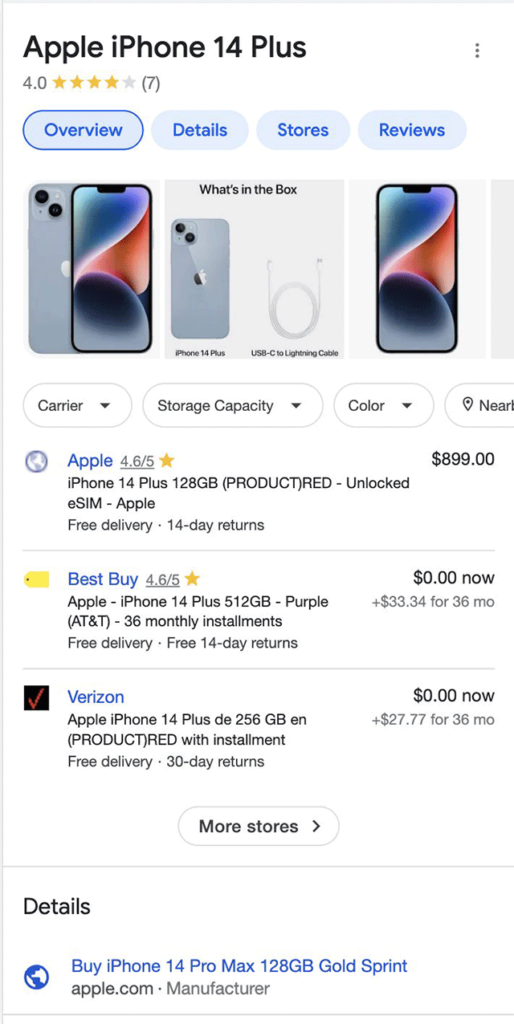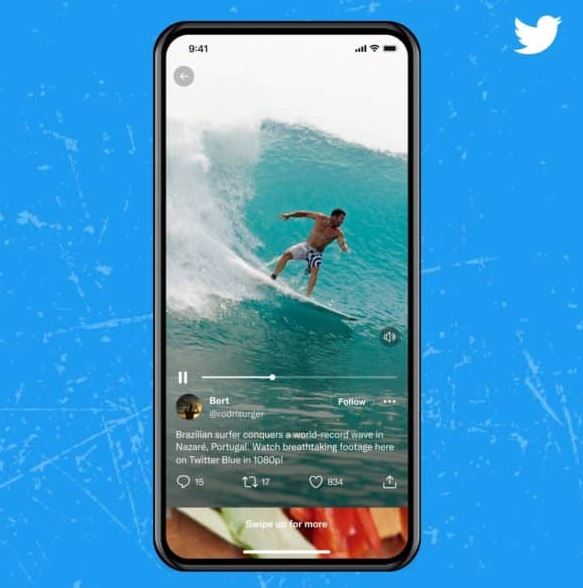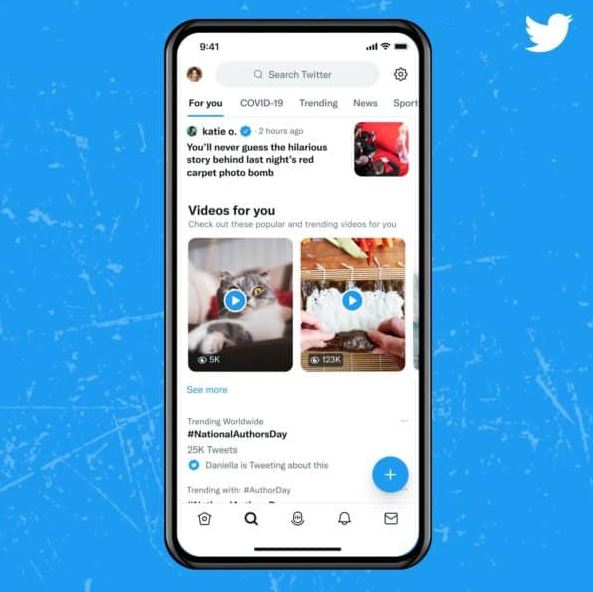Google October 2022 spam update done rolling out in less than 48 hours
The Google October 2022 spam update that started to roll out on October 19, 2022, at around 11 am ET, is now complete less than 48 hours after it began. The update finished rolling out on October 21, 2022, at around 5 am ET.
The announcement. Google quietly updated the search updates page adding “Released the October 2022 spam update. This update is global and affects all languages. The rollout was complete as of October 21, 2022.“
The part added was bolded above and reads “The rollout was complete as of October 21, 2022.”
What are spam updates? Google wrote:
“While Google’s automated systems to detect search spam are constantly operating, we occasionally make notable improvements to how they work. When we do, we refer to this as a spam update and share when they happen on our list of Google Search ranking updates. For example, SpamBrain is our AI-based spam-prevention system. From time to time, we improve that system to make it better at spotting spam and to help ensure it catches new types of spam. Sites that see a change after a spam update should review our spam policies to ensure they are complying with those. Sites that violate our policies may rank lower or not appear in results at all. Making changes may help a site improve if our automated systems learn over a period of months that the site complies with our spam policies.”
Previous updates. Before this, the most recent confirmed Google spam update was the November 2021 spam update. Google also released a two-part Spam Update – on June 23 and June 28 in 2021, as well as the July 2021 link spam update.
Note, the November 2021 spam update took 8 days to fully roll out.
Read more: Google October 2022 spam update done rolling out in less than 48 hours
LinkedIn Adds Automatic Captions To Videos
LinkedIn is adding several features geared toward making the website more inclusive to individuals with accessibility needs, including automatic captions on videos.

LinkedIn is upgrading video content with automatically generated captions and adding several new features to assist people with accessibility needs.
With automatic captions, LinkedIn aims to make videos more accessible to those who are deaf, hard of hearing, or prefer to watch videos with the sound off.
LinkedIn will automatically add captions to videos during the upload process, which you can choose to implement immediately or review and edit for accuracy.
Additionally, LinkedIn is rolling out a high contrast mode to the mobile app, which will adjust colors to improve accessibility for people with visual disabilities.

New Features For Job Postings & User Profiles
In honor of National Disability Employment Awareness Month, LinkedIn is introducing several accessibility-focused enhancements to job postings and user profiles.
LinkedIn reports there’s a significant increase in the total annual number of U.S. job postings with the word “accessibility” in the job title, indicating a growing demand for accessibility specialists:
“… our data shows that these job postings have spiked 171% since September 2019, indicating that companies are actively not only talking about this but taking action to hire accessibility specialists that can help them create products and services that work for everyone.”
Alt Text For Ads
Advertisers can now add text descriptions to image ads with the addition of alternative text (alt-text) in Campaign Manager.
Alt text allows blind or visually impaired individuals to understand the imagery presented in an ad.
New LinkedIn Learning Course
A new course in the LinkedIn Learning library can help people build skills in the accessibility field.
The Practical Accessibility for Designers course by instructor Chimmy Kalu teaches you how to design and build accessible experiences on the web.
Read more: LinkedIn Adds Automatic Captions To Videos
Google Shopping Searches On Desktop Get More Visual
Google is making the shopping experience on the desktop more visual by adding a more comprehensive selection of product images.
In an example from Google shown below, you can see how search results for product category pages contain a whole row of thumbnail images.
Presumably, the images are pulled from the pages linked to in search results, though Google doesn’t specify.

As you scroll down the page, you’ll see a unique search feature with prices and ratings dedicated to individual product results.
Clicking on one of the products will bring up a panel on the right with links to different retailers selling the product.
This feature allows you to read more about a product without losing your place in search results.
Additionally, you’ll be able to filter results by type, brand, retailer, nearby, and what’s on sale.
In a blog post, Google says the new shopping search experience will come up when searching for clothes, electronics, beauty products, or home goods.
With this update, search results for shopping-related queries on the desktop are closer to the experience Google recently rolled out on mobile.
Read more: Google Shopping Searches On Desktop Get More Visual
Google will help users keep personalized searches

Google is one of the world’s leading companies. All the major firms compete to display their ads on Google’s website. So, there are many ads that users interact with daily. Some users ignore it, but some get angry. Among this, personalized searches are also a deciding factor.
That is why Google is bringing in new features and updates. Some new tools to ease the anger of users are also on the way. One of the new tools is now ready to roll out into the public space. The new tool helps users customize their ads. That is also applicable to ads within personalized searches.
Google has a new My Ad Centre. It manages all the operations related to ads and personalized searches. The new center gives users the power to disable targeted ads. But through a method that does not affect features like personalized search results. Personalized search results are a very helpful feature for users.
Earlier the method to do this was very problematic. To block targeted ads, you had to go to your account settings. Then you should deny permission to collect Web and App Activity. Youtube History Data was also blocked by Google. Without permission, Google cannot deliver personalized searches to users.
Read more: Google will help users keep personalized searches
More news:
Uber ads are coming, and they’re already raising privacy concerns







